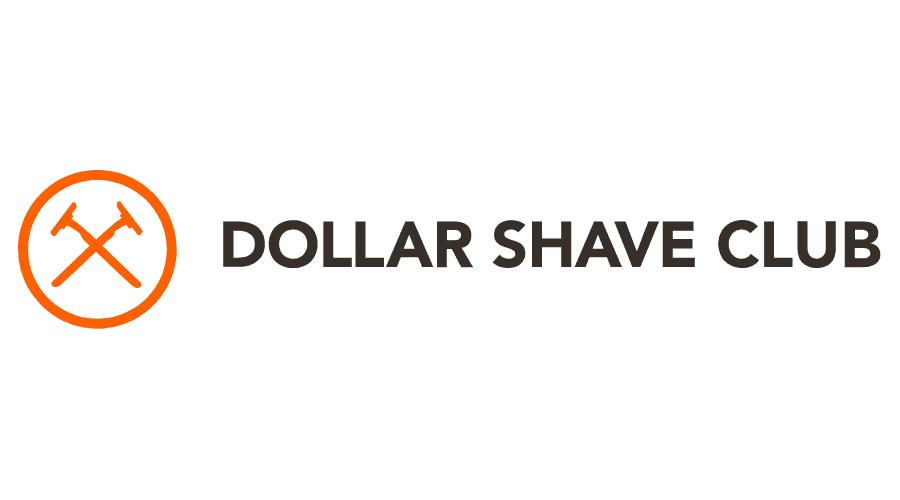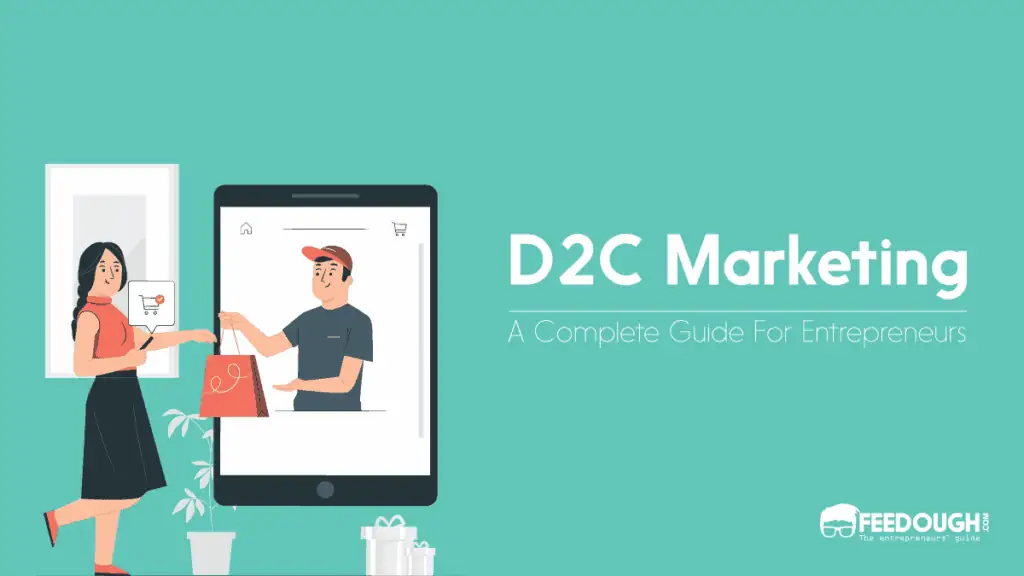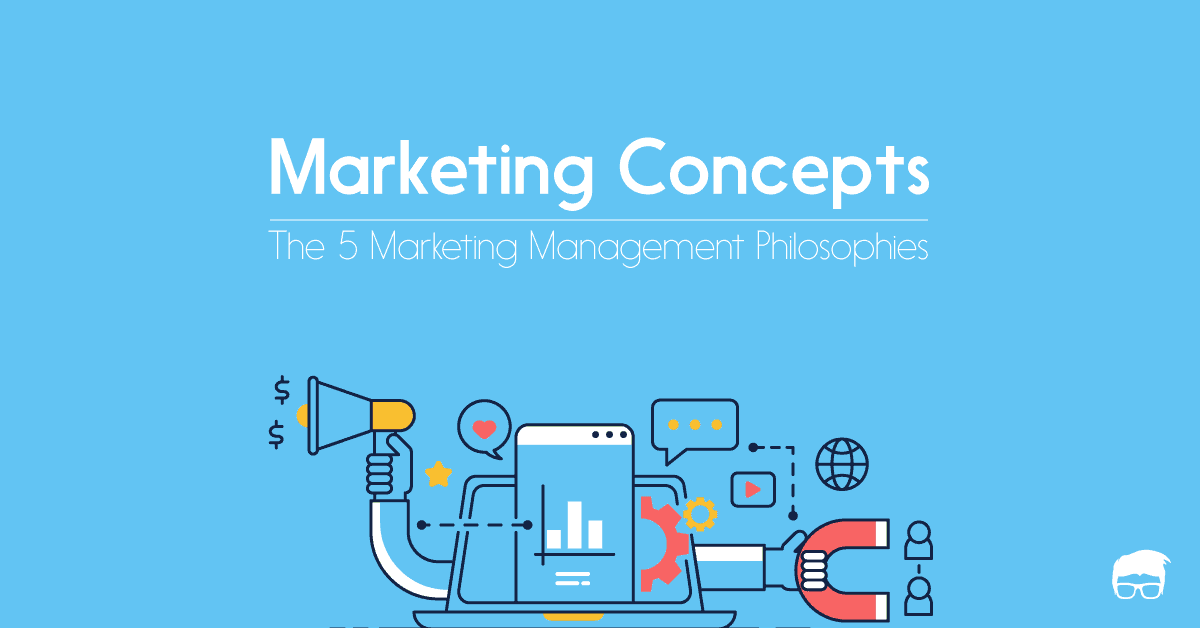A few decades back, if you asked a new company what kind of distribution channel they would use, the answer would likely be manufacturer-wholesaler-retailer-customer, where almost all these parties also contributed to the marketing. However, in the age of the internet, things have changed; many companies are now providing their goods directly to consumers using the D2C model.
The problem? The traditional marketing touchpoints are reduced, and no human retailer can suggest the product anymore. As a result, marketing has become much more important in this D2C era than it was before.
But for beginners, let’s understand the basics of D2C marketing and how it works.
What Is D2C Marketing?
D2C marketing or direct-to-consumer marketing refers to businesses’ marketing strategy to sell their products directly to the consumer through eCommerce websites, social media, and other online mediums.
The idea is to bypass intermediaries such as wholesalers and retailers who were traditionally responsible for selling products to customers.
Businesses opt for D2C marketing as it offers them:
- More control: Direct control over the entire process, from production to marketing and sales. Moreover, the brand is in control of the messaging and customer experience.
- Higher margins: Since intermediaries are eliminated, businesses can keep higher margins by selling directly to customers.
- Better insight into customers: With direct access to customers, businesses get valuable insights into their behaviour and preferences leading to better product development decisions.
However, D2C marketing has its own set of challenges, such as:
- Conversion difficulties: Without store staff or sales representatives to influence customers, the conversion rate is often lower as customers may hesitate more about a product.
- Competition: The D2C market is becoming increasingly crowded, with more and more companies entering the space.
D2C Marketing vs B2C Marketing
While often confused with B2C or business-to-consumer marketing, D2C is different because it bypasses traditional intermediaries such as wholesalers and retailers.
For example, let’s say a company produces chocolate bars. In the traditional B2C model, the company would produce and ship the chocolates to a wholesaler, who then distributes the chocolates to retailers. The retailer then sells them directly to customers. Throughout the process, the company will incentivise the intermediary with discounts and other perks, who then pass them on to the customer through discounts.
In a D2C model, the company would produce and ship the chocolate bars straight to the customer, bypassing both wholesalers and retailers. This increases the scope of direct customer interaction and allows companies to keep higher margins by avoiding discounts offered to intermediaries.
However, it also eliminates the advantage of having sales staff or store personnel who can influence customer decisions.
How D2C Marketing Works?
At its core, D2C marketing creates an online experience tailored to customers’ requirements and preferences. A usual D2C marketing strategy follows a 5-step process:
- Understanding customer needs: Like traditional B2C marketing, understanding customer needs is the first step in D2C marketing. Businesses understand and segment their customer base based on demographics, interests, and needs.
- Channel Selection: Once a business knows where the customer is and what they look for, it selects appropriate channels to reach them. This might include their own website, eCommerce stores, social media, email campaigns, etc.
- Marketing Funnel Creation: The marketing funnel is how businesses convert prospects into customers. This involves creating relevant content and campaigns to make the customer aware of the product and convince them to try it.
- Selling: Once a customer is convinced, businesses use discounts and special offers to close the sale.
- Retention: Finally, businesses focus on customer retention by building relationships and loyalty. This involves offering incentives, rewards, and other loyalty programmes to keep customers engaged. Moreover, this also involves on-time delivery, post-sales support and after-sales service.
What Is A D2C Marketing Strategy?
A D2C marketing strategy refers to a business’s creative marketing strategy to bring customers to its marketing funnel, where it tries to sell its offering directly instead of through intermediaries.
This marketing strategy involves a holistic approach where the business has full control over how the prospective customer is being targeted, reached, and converted.
Types Of D2C Marketing Strategies
Unlike traditional B2C marketing, D2C marketing requires different strategies to reach and convert customers. These strategies are tailored according to customer segmentation and needs. The following are some popular types of D2C marketing strategies:
Customer Orientation
A customer-oriented approach is a must for D2C marketing. This means understanding the customer’s needs, preferences, and behaviour so that you can tailor your offering accordingly.
For example, if your customer spends most of their time on Instagram, targeting them through email campaigns will waste time and marketing effort. Instead, you should focus on creating content for Instagram, using influencers or micro-influencers to reach more potential customers.
It’s similar to what companies have been doing for decades – identifying your customer’s channels and creating content for those channels.
Today many companies even use cloud warehouses near their customer to reduce delivery time. For example, Nike has created a network of cloud warehouses throughout the US where it stores its products and ships them directly to customers who order online.
Companies like Shipnetwork even offer cloud-based shipping solutions that enable businesses to ship products directly from their warehouse.
Content-Driven Marketing
Since most of the D2C marketing efforts take place online, content-driven marketing is gaining a lot of traction amongst D2C brands. This involves creating compelling and relevant content to aid both pull and push digital marketing efforts.
- For pull marketing, brands use a mix of SEO-oriented blogs and videos that answer niche-relevant questions. This helps in driving organic traffic to their website or eCommerce store.
- For push marketing, brands use email campaigns, social media ads, and even influencers to reach the right audience at the right time with the right message.
Drip Campaigns
A drip campaign is a marketing campaign that sends out automated emails or messages at timed intervals. This helps businesses to nurture leads through the sales funnel without taking up too much of their time.
For example, a business can segment its customer base according to the actions they perform on the website and send out automated email campaigns to these segments. This allows businesses to nurture leads so that when they are ready to make a purchase, they have already been pre-qualified by the drip campaign.
Data-Driven Marketing
Data-driven marketing involves collecting and analysing customer data better to understand their buying behaviour, preferences, and needs.
It could include collecting data from customer surveys, using cookies to track behaviour on the website, analysing customer feedback, and more. This helps businesses tailor their offering accordingly and even create targeted campaigns designed for a specific segment of customers.
Social Validation
Due to the sheer number of online products and services, customers are likelier to buy something if their peers or influencers have recommended it.
This is why D2C brands often use social validation as a strategy. They partner with influencers or micro-influencers with a huge social media following and ask them to promote their product or service.
They even incentivise existing customers to share their experience with the product or service, as this helps gain more trust from potential customers.
This helps to build trust and credibility for the brand, which increases the chances of a potential customer becoming an actual customer.
User Communities
D2C brands struggle a lot in repeat purchases due to the sheer number of competitors in the market.
Due to this, many D2C brands are creating user communities where customers can interact with each other and even learn more about the product or service they have bought. This helps to build loyalty for the brand as customers will be more likely to purchase again if they feel connected with the brand.
This also helps reduce customer acquisition costs as satisfied customers can help drive more organic traffic to the business.
D2C Marketing Examples
Here are some examples of how different D2C brands have adopted innovative approaches to growing their businesses:
AllBirds

AllBirds is a D2C brand that uses natural materials to manufacture sustainable shoes. The company operates a full-fledged ecommerce store on Shopify and sees most of the traffic (43%) coming from search results.
Besides this, the company also depends heavily on PR, influencers, and social media to inform the public about their innovative products.
Glossier
Glossier began as a beauty blog and had a customer base of thousands even before it launched a single product. The company focused on nurturing its online community and creating a seamless customer journey. It has a website designed specifically for mobile users, a simple three-step checkout process, and offers free shipping incentives and discounted product bundles.
They also use user-generated content and show products on various skin tones to give a realistic view of their products’ appearance.
Dollar Shave Club

An innovative men’s grooming brand, Dollar Shave Club has its own subscription model that allows customers to have their desired products delivered at regular intervals.
What made the brand stand out was its creative marketing campaigns that featured funny, low-budget videos targeted to the right audience with the right message – you don’t have to pay a fortune for grooming products.
This helped the company to gain popularity and increase its customer base quickly.
A startup consultant, digital marketer, traveller, and philomath. Aashish has worked with over 20 startups and successfully helped them ideate, raise money, and succeed. When not working, he can be found hiking, camping, and stargazing.









